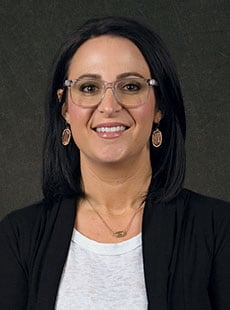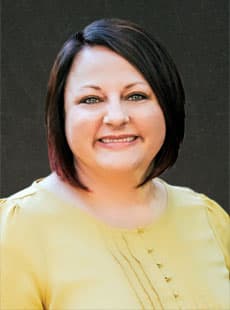Utah Core
•
Curriculum Search
•
All Language Arts - Secondary Lesson Plans
•
USBE Language Arts - Secondary website
Lesson Plans
Reading (11-12.R)
Students will learn to proficiently read and comprehend grade level literature and informational text, including seminal U.S. documents of historical and literary significance, at the high end of the grade level text complexity band, with scaffolding as needed. *Standard R.4 includes an asterisk to refer educators back to the Text Complexity Grade Bands and Associated Lexile Ranges in the introduction of the standards.Standard 11-12.R.11:
Analyze how an author's geographic location, identity or background, culture, and time period affect the perspective, point of view, purpose, and implicit/explicit messages of a collective body of work. (RL & RI)-
"Their Eyes Were Watching God": Folk Speech and Figurative Language
Through close readings of Zora Neale Hurston'sTheir Eyes Were Watching God, students will analyzehow Hurston creates a unique literary voice by combining folklore, folk language, and traditional literary techniques. Students will examine the role that folk groups play in both their own lives and in the novel. -
Create a Guide to an Area
Students learn to create an interactive guide of an area using Sheets and Maps. -
Discovering a Passion for Poetry With Langston Hughes
Through a study of Langston Hughes' poetry, students connect his writing to his place in history. -
Edgar Allan Poe, Ambrose Bierce, and the Unreliable Biographers
We are naturally curious about the lives (and deaths) of authors, especially those, such as Edgar Allan Poe and Ambrose Bierce, who have left us with so many intriguing mysteries. But does biographical knowledge add to our understanding of their works? And if so, how do we distinguish between the accurate detail and the rumor; between truth and exaggeration? In this lesson, students become literary sleuths, attempting to separate biographical reality from myth. They also become careful critics, taking a stand on whether extra-literary materials such as biographies and letters should influence the way readers understand a writer's texts. -
Frederick Douglass |Orator, Editor, and Abolitionist
Students explore what it means to speak out for your beliefs, or to right a wrong. After watching a short video, they will reflect on Douglass?s courage and the importance of literacy in his activism. They will read excerpts from Douglass?s autobiographies and examine an 1850 etching of Douglass being pulled away from a stage prior to giving a speech. Finally, they will reflect on Douglass?s importance as both a historical figure and as a role model for their own lives.


 UTAH EDUCATION NETWORK
UTAH EDUCATION NETWORK

 Justin
Justin Braxton
Braxton Dani
Dani Kayla
Kayla Katie
Katie Lora
Lora Rob
Rob Val
Val
